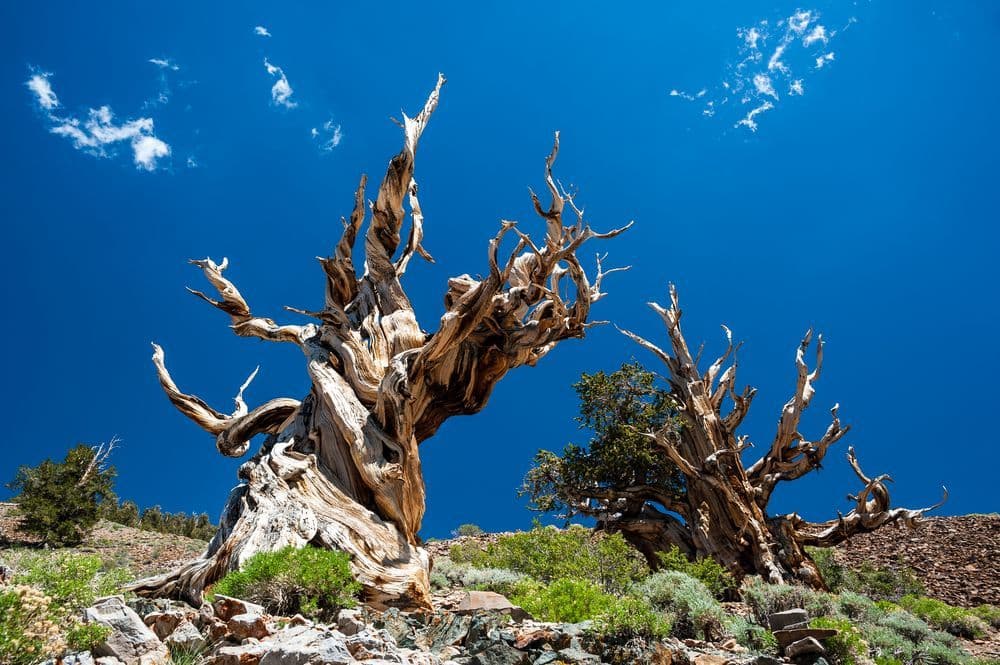Introduction: When Trees Tell Time
Imagine a living being that has silently watched over Earth for 5,000 years — longer than the Pyramids, older than most human civilizations. These are the oldest trees in the world — ancient guardians that hold stories of climate, survival, and time itself. Trees are not just plants; they are libraries of life. Each ring in their trunk marks a year — like pages in a diary of rain, drought, and sun. Some trees have lived through ice ages, wars, and even the rise of human empires.
How Do We Know a Tree’s Age?
Scientists use dendrochronology, the science of counting tree rings, to estimate age. Every year, a tree adds one growth ring. For very old trees or species that clone themselves, researchers use carbon dating — testing parts of roots or wood to measure how long they’ve existed.
There are two main types of ancient trees:
- Individual Trees: A single trunk grown from one seed, like Methuselah or Sarv-e Abarqu.
- Clonal Colonies: Entire forests that grow from one original root system, like Pando in Utah.
Methuselah – The World’s Oldest Known Tree
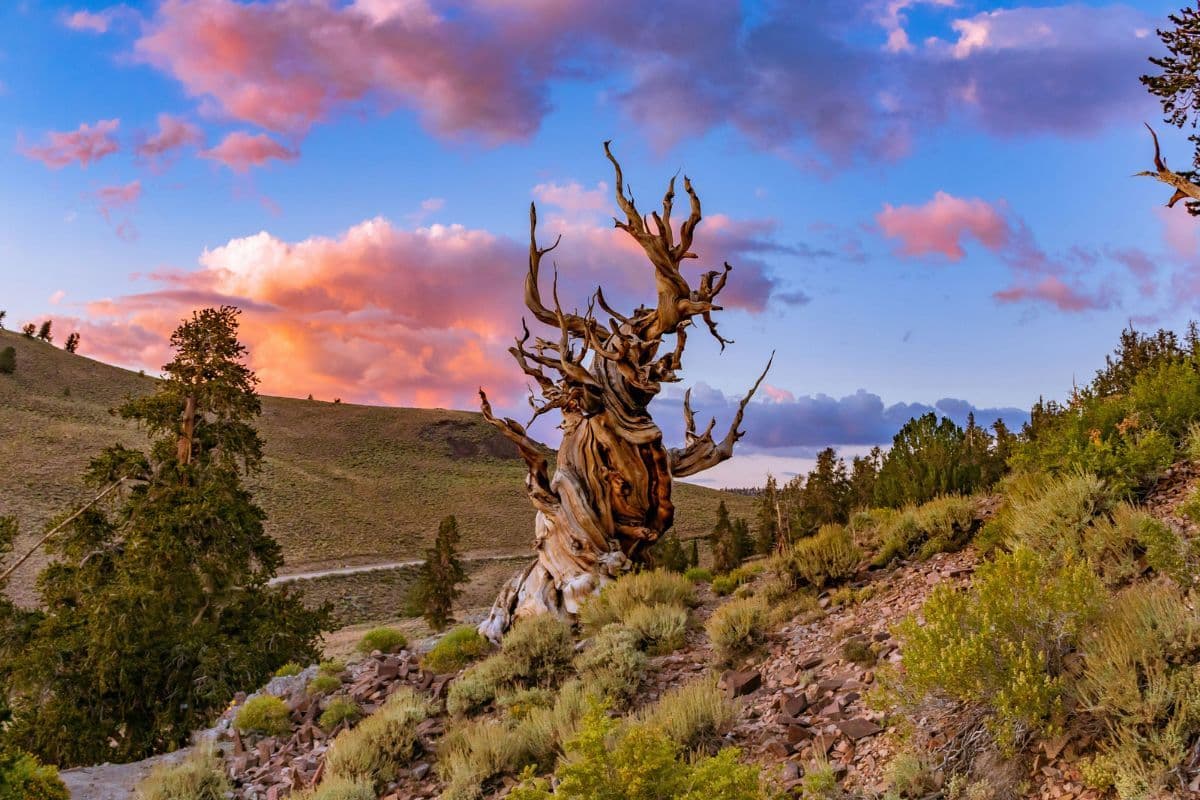
Deep in the White Mountains of California, a small, twisted pine tree named Methuselah stands as a living monument — about 4,850 years old.
-
Species: Great Basin Bristlecone Pine (Pinus longaeva)
-
Age: ~4,850 years
-
Location: Inyo National Forest, California, USA
-
Fact: Its exact location is kept secret by the U.S. Forest Service to protect it.
Methuselah has survived intense cold, high winds, and poor soil. Its gnarled shape shows how time can sculpt beauty through endurance.
Old Tjikko – A 9,500-Year-Old Survivor

While Methuselah holds the record as the oldest individual tree, Old Tjikko, a Norway Spruce in Sweden, is even older when we count its roots.
-
Species: Norway Spruce (Picea abies)
-
Age: ~9,500 years
-
Type: Clonal (its roots keep regenerating new trunks)
-
Fun Fact: The trunk you see today is only a few hundred years old, but the underground root system has lived since the Ice Age!
Pando – The Immortal Forest
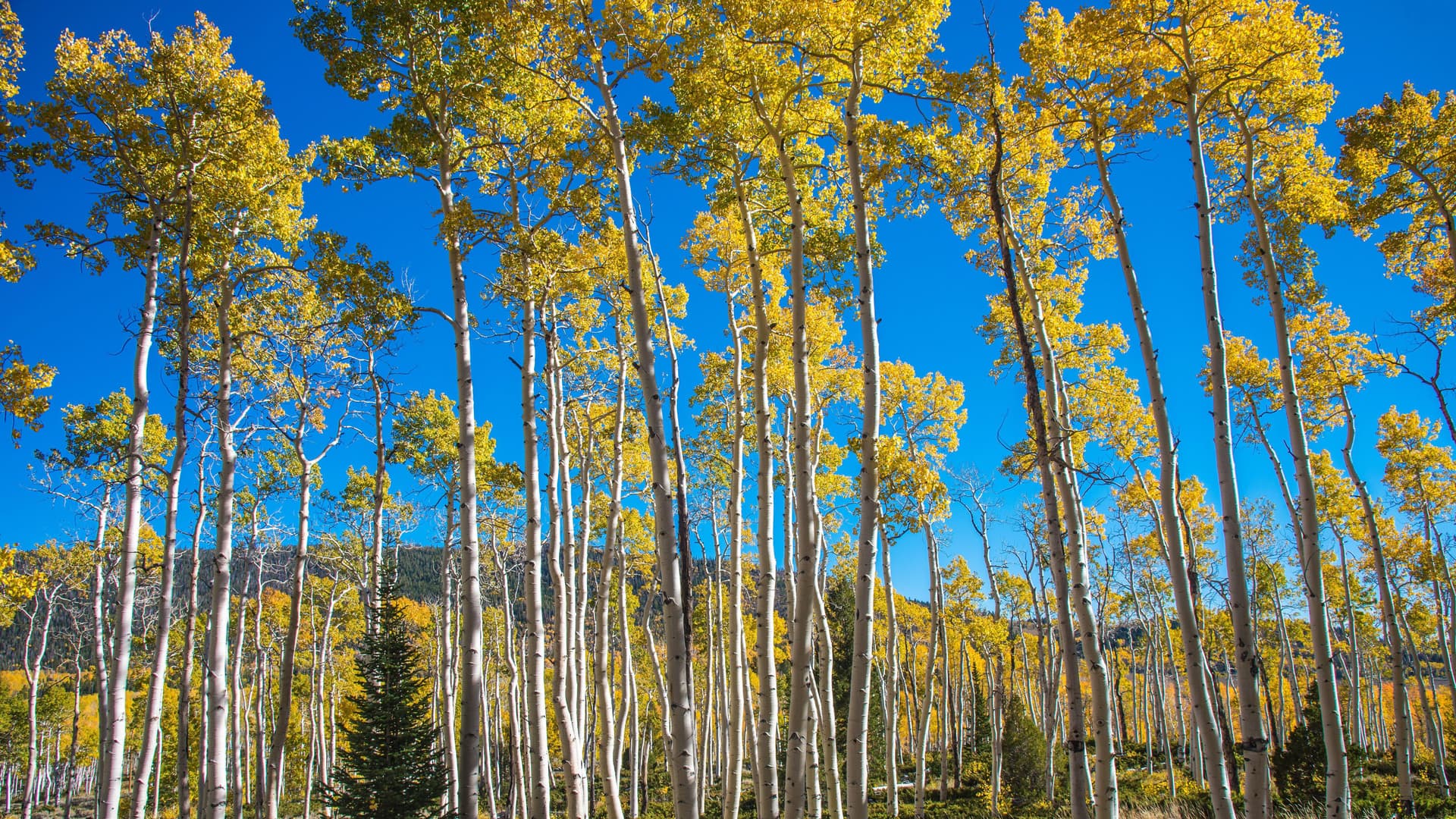
In the mountains of Utah, USA, stands Pando, a forest of 47,000 quaking aspen trees — all connected by one massive underground root system.
-
Species: Quaking Aspen (Populus tremuloides)
-
Age: 10,000 – 14,000 years (estimated)
-
Area: 43 hectares
-
Type: Clonal colony
Even though each tree stem lives only 100–150 years, the root network has lived for millennia. Scientists call Pando the largest and heaviest living organism on Earth, weighing an estimated 6,000 tonnes!
Sarv-e Abarqu – Iran’s Sacred Cypress

In the desert of Yazd Province, Iran, grows a 4,000-year-old cypress known as Sarv-e Abarqu. Locals believe it was planted by the prophet Zoroaster himself.
-
Species: Mediterranean Cypress (Cupressus sempervirens)
-
Age: ~4,000 years
-
Cultural Value: A national natural monument of Iran
This tree is living proof that life can thrive even in dry, harsh landscapes when rooted deep in wisdom and patience.
Jōmon Sugi – Japan’s Mountain Elder
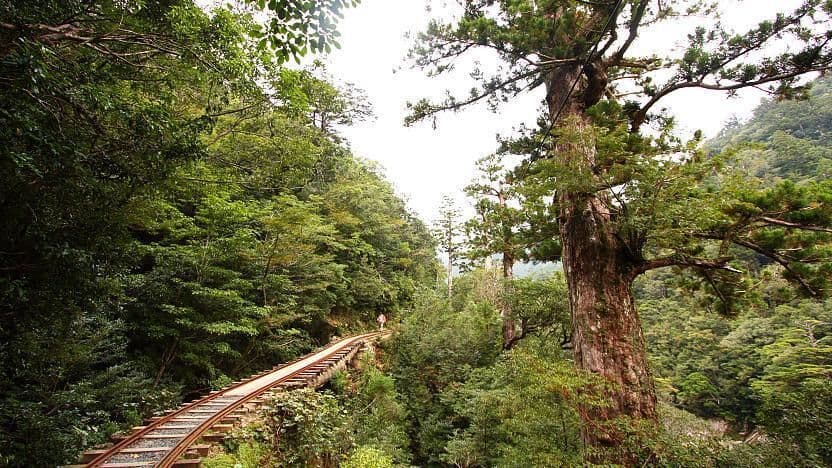
High on Yakushima Island, Japan, stands the mysterious Jōmon Sugi. Its massive trunk — over 16 meters wide — may be anywhere between 2,000 to 7,200 years old.
-
Species: Japanese Cedar (Cryptomeria japonica)
-
Location: Yakushima Island, Japan
-
Cultural Value: Named after Japan’s ancient Jōmon period
So revered is Jōmon Sugi that visiting it requires a full-day trek through Yakushima’s misty ra nforest — a pilgrimage into nature’s temple.
The Llangernyw Yew – Ancient Spirit of Wales
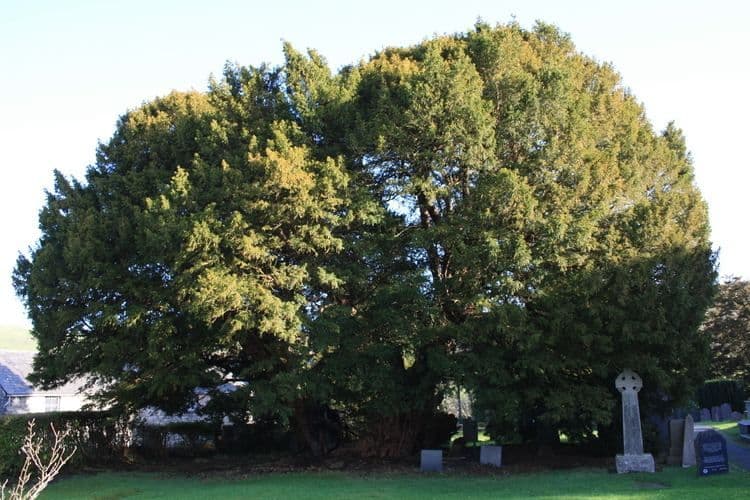
In the small village of Llangernyw, Wales, stands an ancient yew tree estimated to be 4,000 to 5,000 years old — making it one of the oldest living things in Europe. It grows quietly in a churchyard, reminding us that nature and spirituality have always been intertwined.
What Makes These Trees Live So Long?
Longevity in trees isn’t luck — it’s biology and adaptation. Scientists studying ancient trees have found a few secrets behind their endurance:
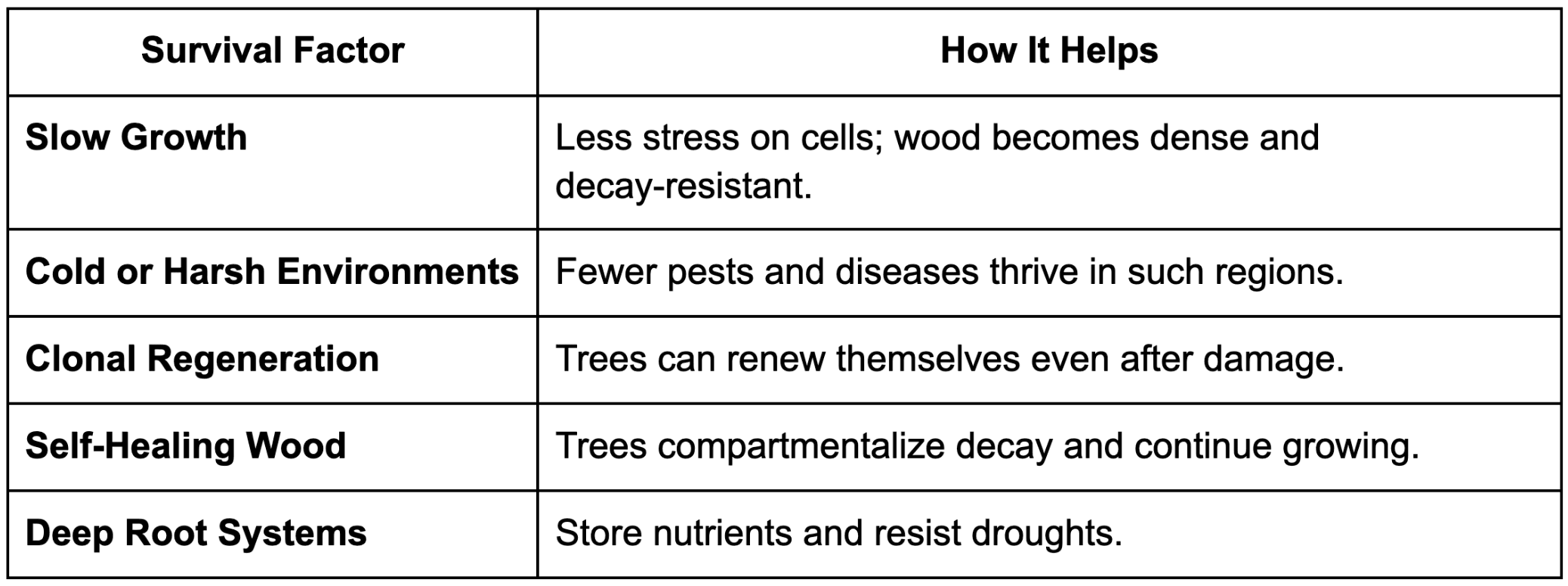
Why Protecting Ancient Trees Matters
Ancient trees are living climate archives. By studying their rings, scientists understand rainfall, droughts, volcanic eruptions, and even atmospheric CO₂ levels over thousands of years. But many of these trees are now at risk — from climate change, fires, and human interference. For example, rising temperatures threaten bristlecone pines, and overgrazing damages Pando’s roots. Protecting them means protecting our planet’s memory.
Lessons for Us
-
🌍 Patience builds strength. Like these trees, slow growth can create lasting roots.
-
💧 Every environment has value. Even deserts and cold mountains can sustain life.
-
🪴 Conservation is connection. When we plant and protect trees, we keep history alive.
At CATCH Foundation, we believe that planting trees today is how we leave a gift for tomorrow. Our forests may not be 5,000 years old — yet — but each sapling carries that same potential for timelessness.
In the End, Time Belongs to Trees
The oldest trees in the world remind us that time doesn’t have to be rushed — it can be rooted. Their patience is their power, their silence is their wisdom. If a single pine can survive 5,000 years of storms and sun, then every sapling we plant today can change the next 5,000. Let’s give them that chance.
FAQs
1. What is the oldest tree in the world?
The oldest non-clonal tree known today is Methuselah, a Great Basin Bristlecone Pine (Pinus longaeva) located in California, USA. It is estimated to be around 4,850 years old — older than the Egyptian pyramids. Its exact location is kept secret to protect it from damage.
2. Is there any tree older than Methuselah?
Yes. Scientists believe there is an undisclosed bristlecone pine in the same region that may be over 5,000 years old, but its exact identity is not revealed for conservation reasons. Clonal trees like Old Tjikko (Sweden) and Pando (Utah, USA) are even older — up to 10,000 to 14,000 years — but they are not single-trunk individuals.
3. How do scientists determine how old a tree is?
Tree age is measured using dendrochronology, the science of counting tree rings. Each ring represents one year of growth. When rings are hard to access, scientists use carbon-14 dating or analyze the age of underground roots in clonal trees.
4. What’s the difference between an individual tree and a clonal tree?
An individual tree grows from a single seed and has one continuous trunk — like Methuselah or Sarv-e Abarqu. A clonal tree spreads through underground roots, producing new trunks as the old ones die — like Pando or Old Tjikko. So while the stems are young, the genetic organism can be thousands of years old.
5. Where is the oldest tree in India?
India’s oldest living tree is believed to be the Great Banyan Tree in the Acharya Jagadish Chandra Bose Botanical Garden, Kolkata. It is over 250 years old and spreads across 3.5 acres — appearing like a small forest of its own with more than 3,000 aerial roots.
6. Why do some trees live for thousands of years?
Long-lived trees grow slowly, resist decay, and often live in harsh, stable environments with fewer pests or competitors. They also have a natural ability to heal damage, compartmentalize rot, and regenerate new tissue — keeping them alive for millennia.
7. Can trees live forever?
In theory, yes — trees don’t die of old age like animals. They die because of disease, fire, drought, or human interference. As long as the living tissue (called the cambium) stays healthy, a tree can continue to renew itself indefinitely.
8. How can humans protect these ancient trees?
We can protect them by:
-
Limiting tourism and physical damage around ancient tree sites.
-
Reducing pollution and forest fires.
-
Planting native species that can one day become the ancient trees of the future.
Organizations like CATCH Foundation are already doing this by creating urban dense forests that preserve biodiversity and build long-term ecological resilience.
9. What can we learn from ancient trees?
Ancient trees are natural historians. Their rings record thousands of years of climate data — droughts, floods, volcanic eruptions, and CO₂ changes. By studying them, scientists understand how Earth’s climate has evolved and how we can better protect it today.
10. What is the message behind studying the oldest trees?
These trees remind us of patience, resilience, and balance. They show that growth doesn’t need to be fast — it just needs to be steady and rooted. When we plant and protect trees today, we’re writing the first page of a story that could last 5,000 years.
